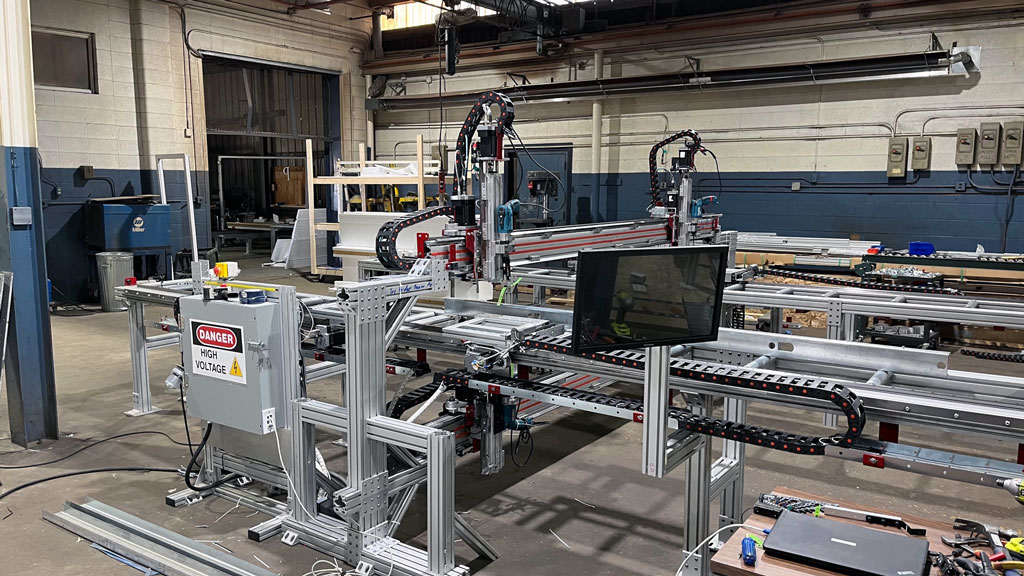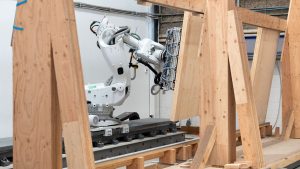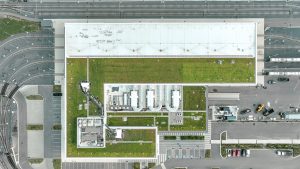Although their release into the market hasn’t been determined, two semi-automated residential wall framing machine prototypes are going to “revolutionize” residential construction, says the University of Alberta professor responsible for their development.
They include a light-weight wood framing prototype and light-gauge steel framing prototype.
The machines will assemble the framing members into framed wall panels in a matter of minutes, with more precision and less material waste than traditional onsite framing, says Mohamed Al-Hussein, a member of the university’s department of civil and environmental engineering.
“There will be less physical strains and demands on workers compared to traditional framing and it will be faster and more efficient.”
As well as being more predictable, the machines will reduce the environmental footprint on a per-unit basis due to the reductions in material and process waste, he says.
Automation, as in the case of these machines, supports the growing relocation of construction tasks to climate-controlled factories and the resulting benefits include a safer and more stable work environment, while mitigating many of the challenges associated with onsite work, he says.
Those challenges include adverse weather conditions, the potential of building material theft and the need for expensive onsite heating during the winter, says the professor, who is a strong proponent of industrialized building construction.

Research and development of the machines was completed just before the pandemic, but the design and planning began more than few years ago and was one of several research initiatives pursued by the professor as the university’s industrial research chair, one of a number of such positions funded by the Natural Sciences and Engineering Research Council of Canada.
Using a variety of software applications, such as finite element analysis, a team of graduate students, post-doctoral fellows, undergraduate interns and university research staff began the design of the machines in 2016.
“They collaborated closely in an open-plan setting, conducted daily meetings, and engaged in a lot of hands-on work in the lab.”
Asked if there was a “Eureka moment” when he and the other participants realized the design was completed and fabrication of the machines could begin, Al-Hussein says it occurred in the summer of 2016.
Construction of the full-scale prototypes started in fall 2016 and was completed in 2017.
Since then there has been further testing, verification and the design of a second version, although not yet built. The onslaught of the pandemic delayed research, although Al-Hussein is hopeful the machines could be on the market sometime next year.
“We are still at the early stages of commercialization,” says the professor, explaining a business plan needs to be written, a company created to market and build them, and private investors brought on board.
But the objective is to mass produce them.
On a related note, the research council recently restructured its industrial research chair (IRC) and replaced it with an “Alliance” program. Al-Hussein has applied for funding under that program to continue the work started under his IRC.











Longhouse has a facility for this